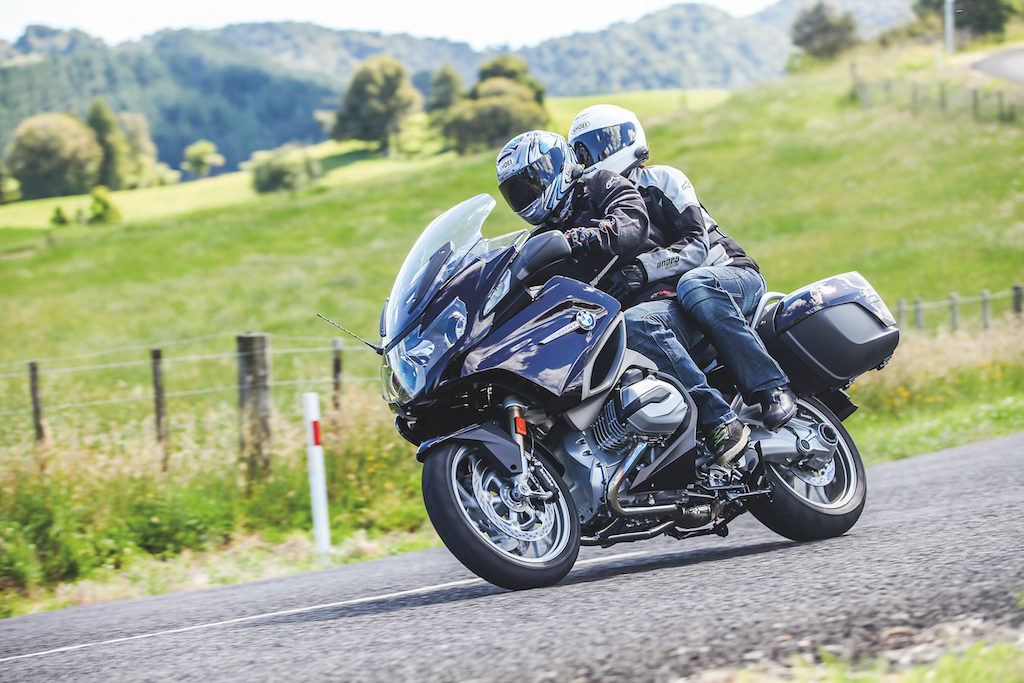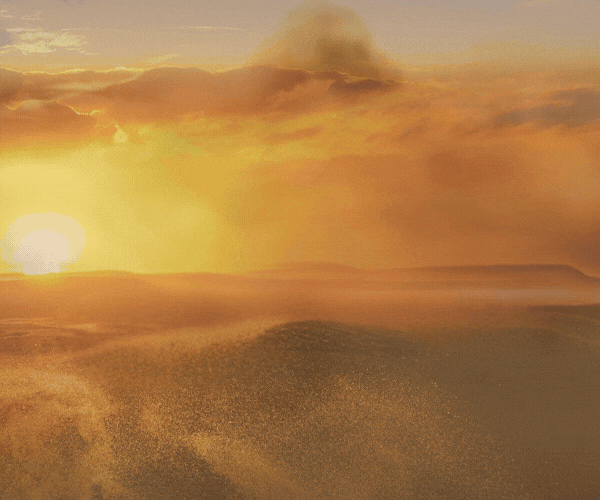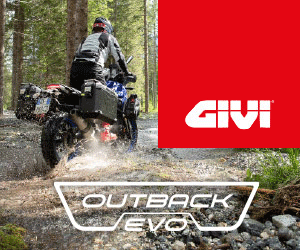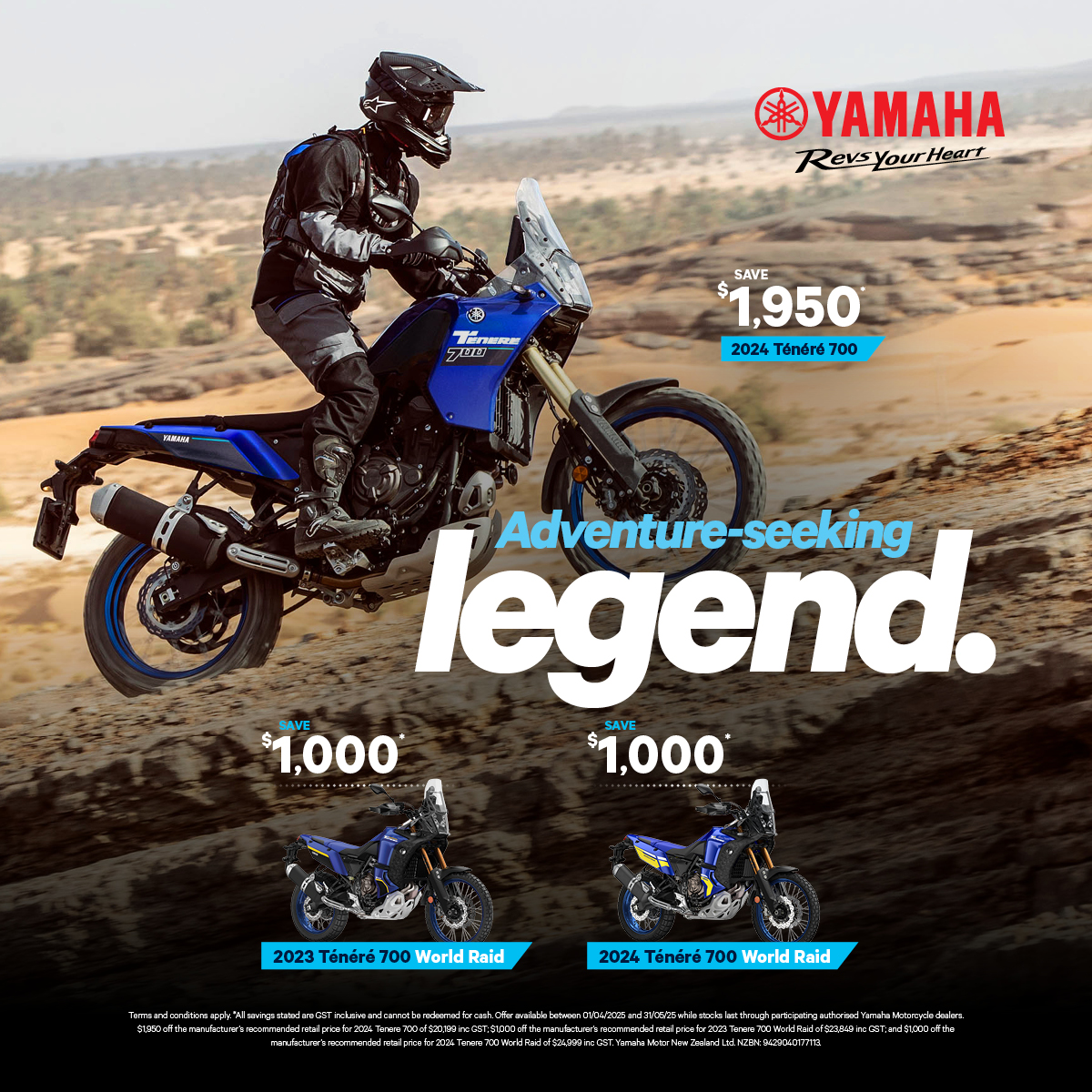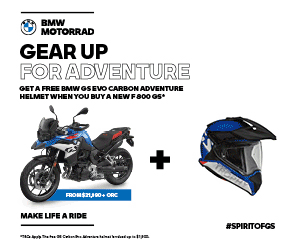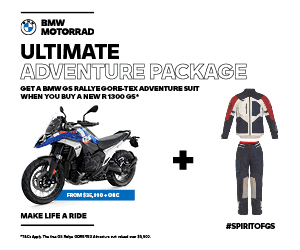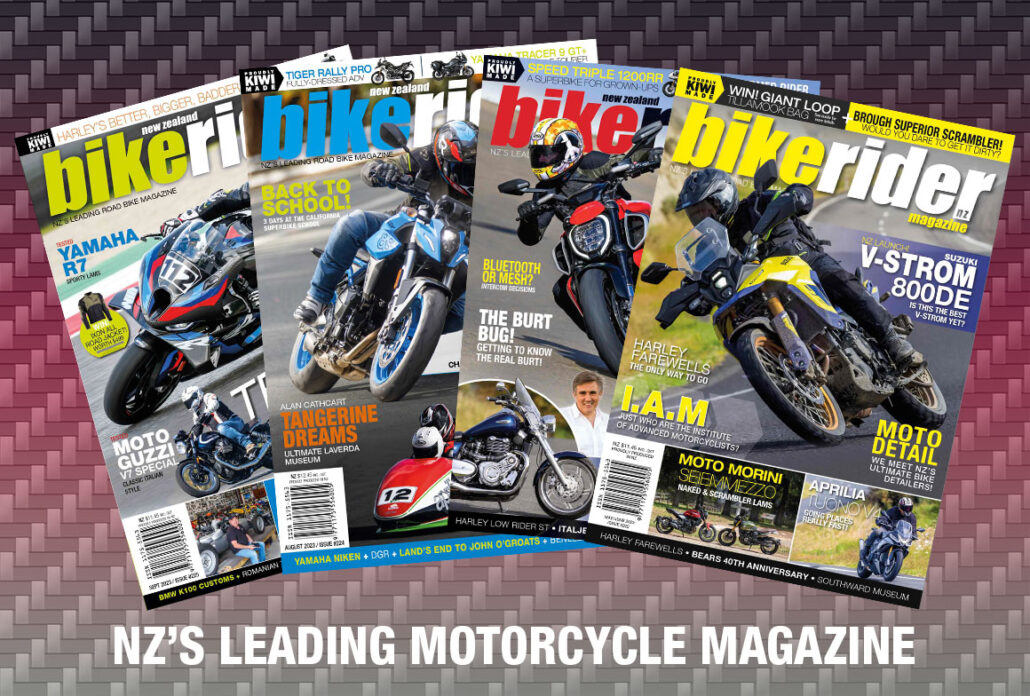So you’ve passed your class 6F test and you’re looking to finally share the joys of motorcycling with a friend, partner in crime, or loved one. Good on ya! But before you do for the first time, make sure to read the following tips ‘n’ tricks.
Okay, so you’ve got yourself a pillion. Awesome! But before you even let them swing a leg over your bike, make sure to give them the full rundown on what to expect. If they’ve never had the pleasure of experiencing just what it is that makes motorcycling so special, it’s a good idea to brief them on what to expect from the experience. Go over the basics such as the lack of wind protection, how the bike leans in corners, and how a bike accelerates much faster than a car without any of the back support. Once you’ve let them know what to expect (and haven’t scared them off, that’s a biggie) there are a few other things to go over with your potential pillion before you hit the road.
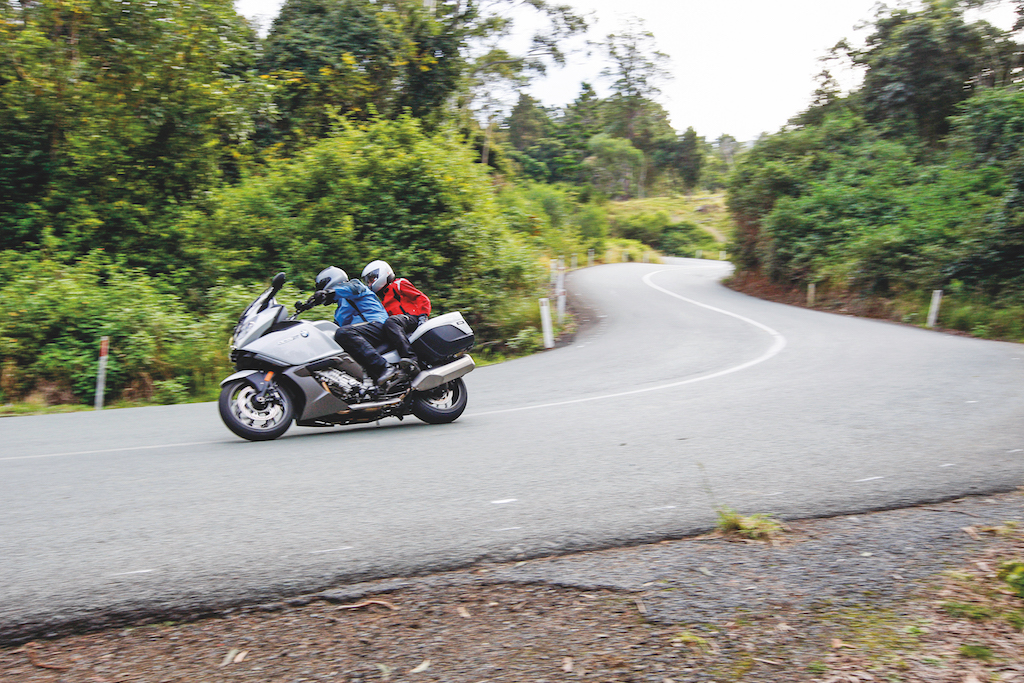
Don’t let them ride without gear!
Yes, while it’s true that legally you only have to have a helmet to ride a motorcycle in the eyes of the law, you really don’t want to skimp when it comes to the safety of others. Just like you wouldn’t ride without all the gear, your pillion will expect to be just as safe. That means you’ll need to supply them with not only a helmet, but also a jacket, gloves, boots, and trousers to keep them as safe as possible if you happen to have an unintentional meeting with the road. Don’t just slap anything on them too, as if the gear is too big, it won’t stay on in the event of an off. And likewise, if it’s too small they will be uncomfortable for the duration of the ride and might not want to join you again. Get the fit right the first time.
Set out the rules first.
It’s hard enough getting on a bike yourself and balancing at times, let alone with someone else. Before you set off, set up some ground rules so your pillion knows where they stand. Something as simple as getting on or off at the wrong time can easily topple you and the bike. Once your pillion is all geared up, set down the ground rules on when and how to get on and off.
It’s a good idea to get them to check with you first before they jump on as a starting point, and to ask if it is okay to dismount. Another good thing to go over with your pillion is a signal for them to get your attention. You don’t want to miss hearing them screaming in a panic for any reason while out on the road. If they are holding onto you, a great way for them to get your attention is to give you a tap on the shoulder or chest. You’ll definitely feel it and can then slow down to find out what’s wrong.

Set up your bike.
While it may ride fine with just you on board, an extra 60 (or more) kilos will have a huge effect on how your bike performs. Your bike might need to be adjusted (in particular to its suspension setup) to compensate for the extra weight of a pillion.
Rear suspension, tyre pressure, and the chain (if it has one) are all things to look at adjusting in order to compensate for the extra weight. If you’re planning on doing a longer trip with the pillion you might also want to consider altering your bike’s headlight to avoid blinding oncoming traffic.
Check your machine’s handbook for the best advice on a pillion friendly setup for your particular bike, but for the basics you’ll generally want to up the tyre pressure (a guide is usually printed on your swingarm), dial in some preload into the rear suspension, and adjust the chain to make sure it won’t stretch out with the extra weight.
Hold on!
For you, holding onto the bars gives you a feeling of safety. You just feel safer when you’ve got something to hold on to. The same can be said for your pillion. If you’ve ever been a pillion yourself, you’ll know the sense of [relative] security you get by holding on. It means you theoretically won’t go flying off the back at the first set of lights. Instruct your pillion to hold onto the grab rail if your bike is fitted with one, or hold onto your body. If your pillion has never been on a bike before and is a little nervous, you can allay their fears by starting off with a shorter, lower speed journey. Not only will you be able to hear them a bit better thanks to the reduced wind noise,
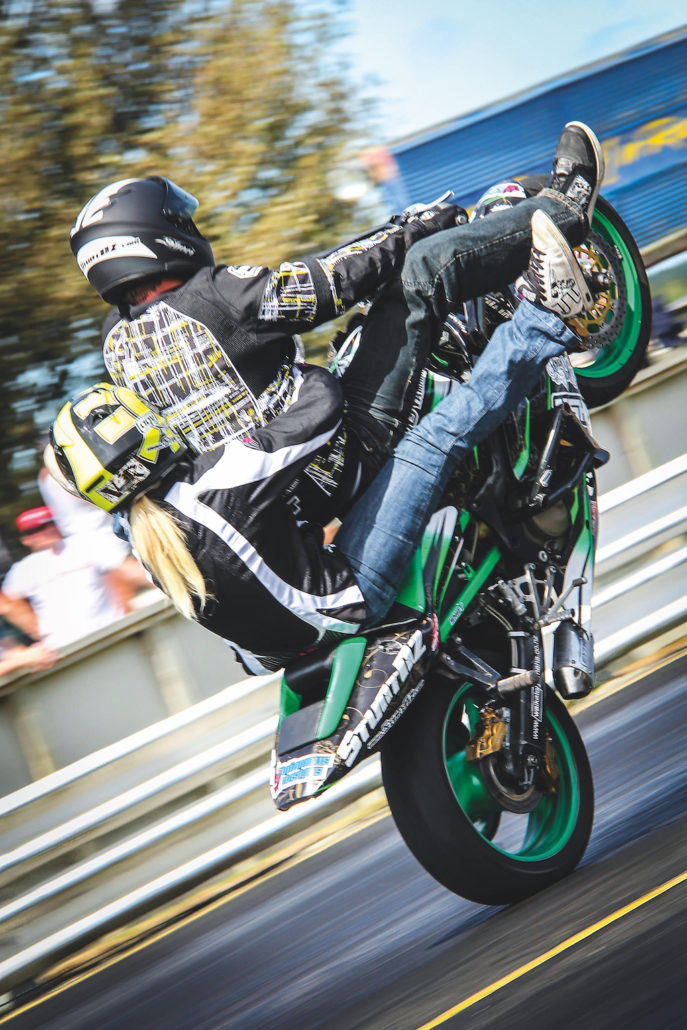
Keep those feet up.
Your pillion may think they also need to put their feet on the floor at the same time as you when you come to a stop. It might sound dumb to you, but ask them to keep their feet on the pegs at all times. This should ensure that their feet won’t get caught in the rear wheels, get run over by other motorists or that they will upset the bike’s balance.
If your bike doesn’t have pillion footpegs, it would be irresponsible for you to take a passenger. Don’t do it.
Lean with me.
It’s one of the most unnerving experiences for any new passenger, leaning with the bike. For the uninitiated it’s hard for them to understand just how much a bike can lean over around a corner. Avoid massive lean angles to begin with as this will probably scare them witless. Especially if they decide to look down and see the road rising up at them!
The thing to do is ask them to lean with the bike and to relax as much as possible. Take it easy, remember your machine feels quite different with two people on board, especially if the passenger is nervous and reluctant to lean with the bike at first.
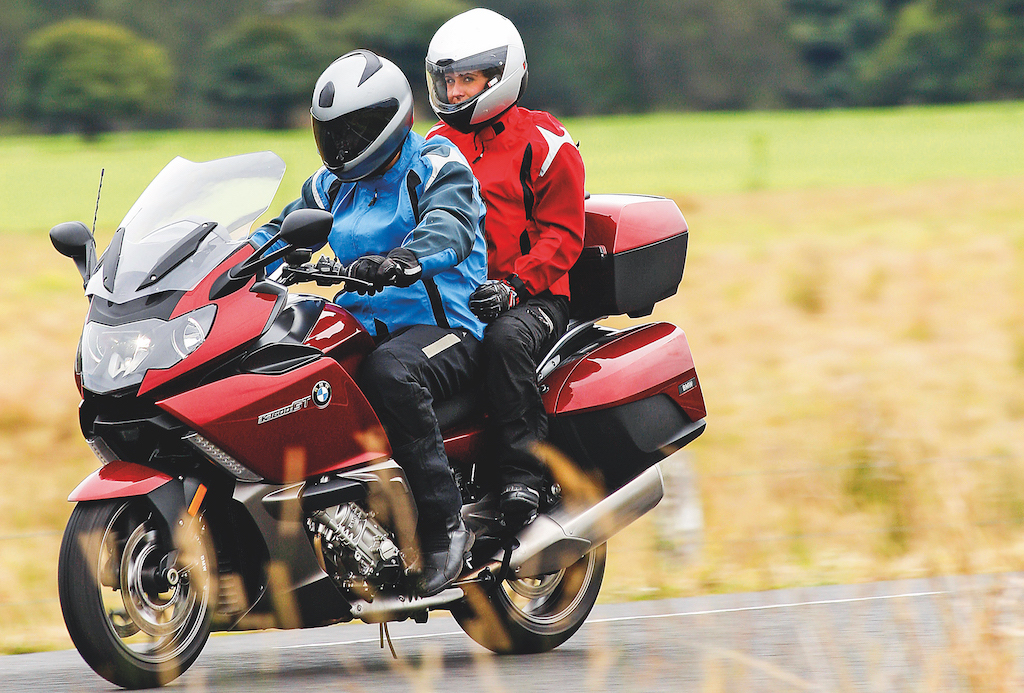
Sit still damn it!
A fidgeting pillion won’t just annoy you, they’ll upset the balance of the bike. Ask your passenger to sit still for the duration of the ride to avoid causing some serious problems. It’s also worth telling them to keep their arms in and to avoid any hand movements that could be interpreted as signals as well, as this could not only upset the bike’s balance but confuse other road users.
Allow for the loss of performance.
Just like when you reduce the weight you gain performance, the opposite happens when you add weight. Even the lightest pillion will have a noticeable effect on how your bike accelerates, and more importantly, stops.
With two people aboard, your bike will now be heavier and will take noticeably longer to stop. Allow yourself greater braking distances at all times, especially in the wet or when visibility isn’t great. It will also take longer to get up to speed, so bear this in mind when overtaking, as your bike’s performance won’t be quite as brisk as you’re used to.Take your time to get used to the extra weight, especially when cornering, braking and accelerating.
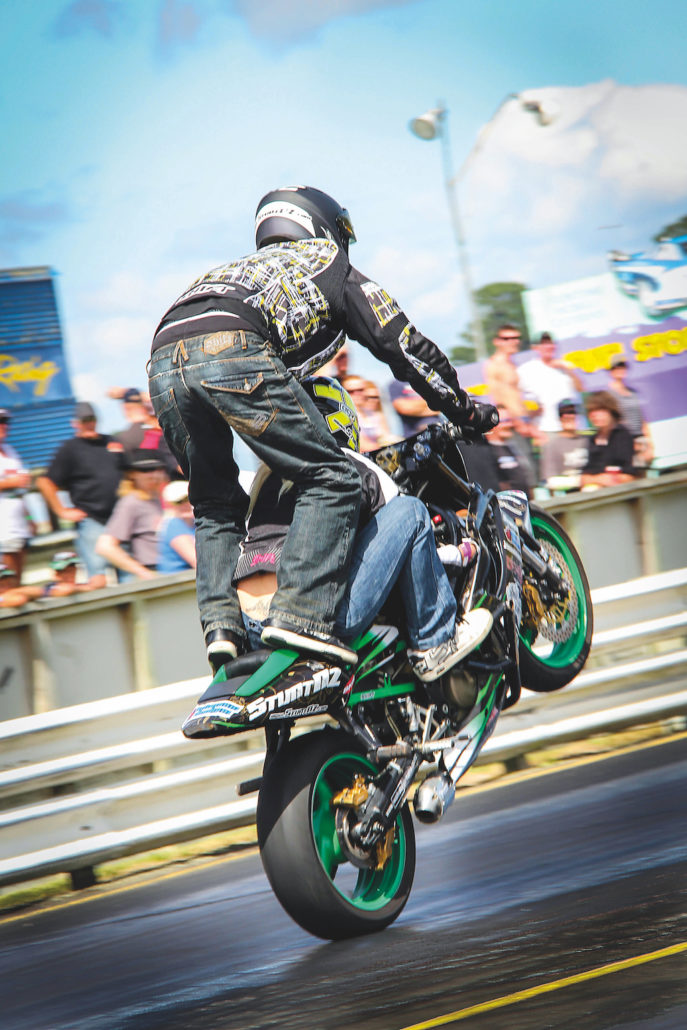
Don’t ride like a dick!
It should go without saying since you have another person’s life in your hands, but nonetheless as the internet often shows us, that often isn’t enough to stop riders doing dumb shit with a pillion aboard. Like we said at the very beginning of this article, your pillion’s safety is in your hands, so ride as smoothly as possible to keep them, and you, safe.
We know the temptation to show off is often hard to resist, and can cause you to go riding beyond your abilities, so stick to the basics, get used to the way your bike handles with the extra weight of a pillion, and be as smooth as you can.
Make it count!
Make the experience a fun one for your passenger rather than scaring them witless by trying to show off. Look after them, impress them with your smoothness and skill, especially if you’re trying to woo a passenger into becoming a regular companion. Leave them with good vibes and they’ll probably want to come back for more!
